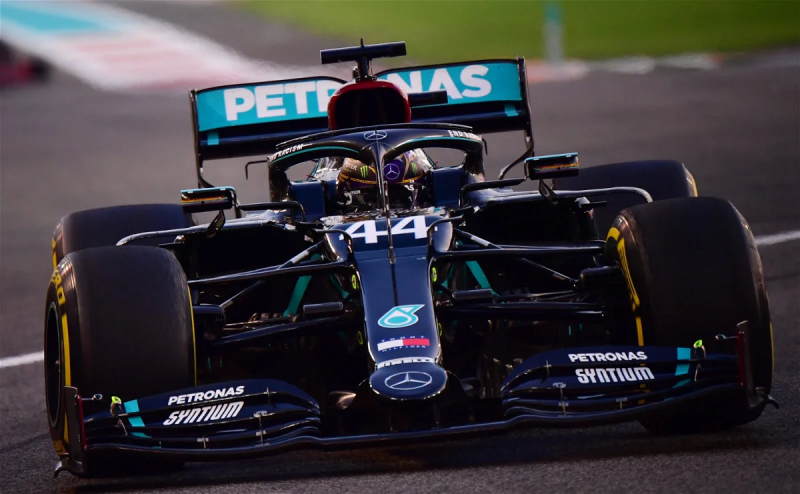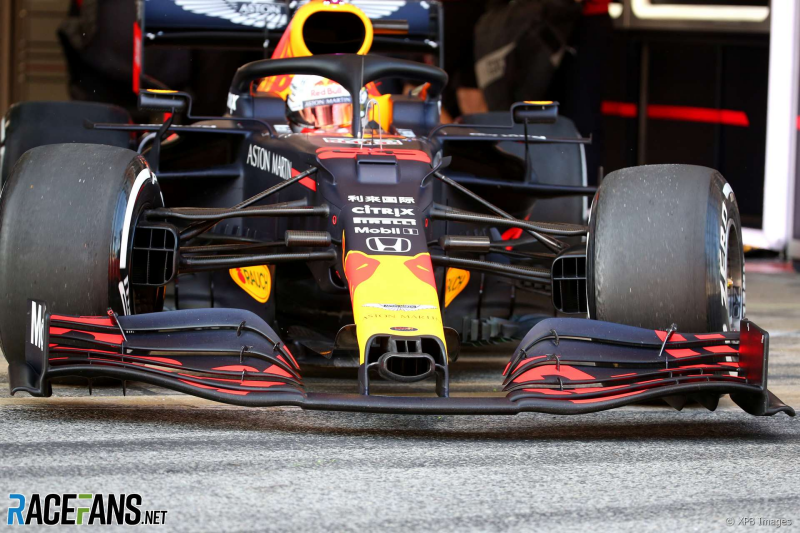If I were to ask you to look at a Formula One car and tell me one of the first notable features about it, some would say the halo, or the big tyres or something really obvious like the front and rear wings. A feature of the car that is timeless but essential to a teams performance with constant upgrades. All thanks to a fancy spoiler from a 1967 Dodge Charger that caught the attention of one man and made its way to the famous sport only a year later.
In short, the front and rear wing of an F1 car makes up for 25% of the downforce of todays cars. It creates a different air pressure to above and below the wing, using the opposing forces to hold the car to the track with the end plates being added to stop any power being lost out of the sides. However by using these, it creates more drag so in tight circuits like Monaco they will alter them to a lower angle. Like everything in Formula One, they've evolved rapidly through the years including some very strange designs like the Arrows A22 or the Ensign N179.
The Rear Wing
During its inauguration in the 1960s, the aerodynamics of a car was difficult to test due to the lack of money to create a big enough wind tunnel. It wasn't until a man called Jim Hall made a theory to suggest that if aeroplanes could stay in the air with a wing, then inverting it would make a car stick to the track surface. After all during this time, Formula One cars changed from having 1.5 litre engines to having a massive 3 litres in the car so keeping them stuck to the track was imperative. This is when the Chaparrel 2F was created with a wing like feature attached to the wheel hubs instead of the bodywork and even could flap open with the push of a pedal, not too dissimilar from the integral DRS system used today.
Time for the 1968 Monaco Grand Prix where Colin Chapman fitted this system to the car of Graham Hill, helping him capture pole position and winning the race. Other teams knew they needed to catch up and by the next race in Spa-Francorchamps, Ferrari were already there with the same system, taking the pole from Lotus and over 6 second advantage ahead of the cars without this design. More innovation was needed if there was any chance of other cars winning the race.
The genius design was extended further into something seemingly more stupid, making the wing hang over the wheels instead of just the width of the car with the supports becoming even taller. These supports reached unimaginable heights so much so that the Commission Sportive Internationale eventually had to set in rules to make them shorter after an accident with Jochen Rindt and the first driver to ever sprout wings, Graham Hill.
Hill's car bounced between the barriers and crashed his car but what would happen next had the most effect. Rindt hit the car and its wing from behind, giving him a broken nose and cheeks with many facial cuts. The driver himself gave 2 reasons to why the 'skyscraper' wings should be banned: "wings have nothing to do with a motor car" and "wings are dangerous to the driver, and the spectators" (Motorsportmagazine.com). The Lotus team manager agreed at the time but tried to come up with a multitude of solutions to ensure his lightbulb idea was put to good use. Creating pully systems to control it then trying to enlarge the lengths of them which ultimately caused them to bend under the forces of the speed; the madness was soon put to a stop by the rule makers and ever since then, there hasn't been much change to the wings. The idea of them were almost perfect in a way and even if the DRS system wasn't introduced until 2011, wasn't it already invented?
The Front Wing
While the rear wing tries to disperse the air as quick as possible from an F1 car, the front wing is crucial for getting the airflow in the correct place in the first instance. As simple as it looks, its use is actually very complicated and only been taken advantage of to a degree in the last few centuries. Most cars from any early years of F1 either didn't have them at all or only used a flat board to create their downforce.
Teams found that by adding an element of aerodynamics called vortices, it made them quicker by creating high energy spirals in the air in order to keep turbulent air away from any important components (these are primarily created by the flaps you'll easily see on a car). Although they were able to manipulate where this air goes to better cool the car, it creates havoc for cars behind as it can give off 'dirty air' making a problem for engine cooling and downforce. It's important to note that regulations were made for front wings in 2022 to reduce this problem, like it has been done many times over the course of its 70 years of competition. I can almost definitely say that you'll most likely recognise which era a Formula One car is from from the front wing alone! Like I mentioned earlier about the Arrows A22 which was used in the 2001 Monaco Grand Prix with a tall wing attached to the front, directly in the eyeline of a driver (swiftly banned by the FIA) and the Ensign N179 in 1979 which housed a 'ladder-like' feature on the front of the car, because why not?
Formula One is constantly changing, a sport that prides itself in creating the innovation for faster cars. Will there ever be a point where cars can't become faster? Drivers like Fangio and Ascari probably couldn't believe the speeds their cars were travelling at now, so what could we see in the future? As ridiculous as some of the ideas of the past may have been, they've ultimately changed the sport forever and are essential to their performance. Is it true that anything could be possible?







Add comment
Comments